Foundation Options for Shipping Container Structures
 Marissa Morin | Oct 19, 2022
Marissa Morin | Oct 19, 2022
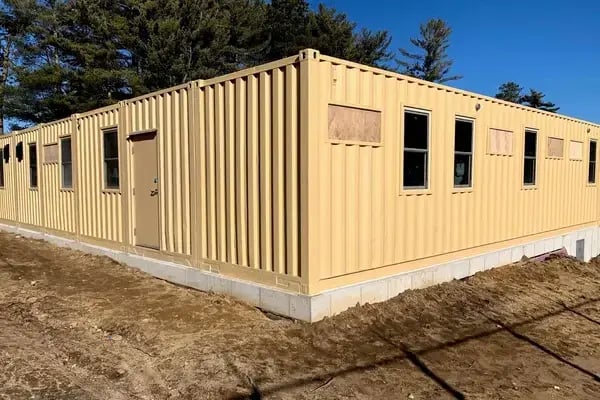
In the world of modified shipping container structures, no one foundation solution is right for every application. Different container structures—ranging from large, multi-unit structures to single-unit containers—need different foundations. Want to take a closer look at all of the foundation options (and recommendations)? Let’s dive in!
It's All About Leveling
What’s important about a foundation? When you boil it down, it’s all about keeping the container structure level. When a structure of any kind becomes unlevel, doors don’t shut properly, plumbing doesn’t flow correctly, and the integrity of the structure might become compromised.
And yet in some cases, a container structure can remain level without a traditional concrete foundation. Alternative foundations, such as gravel pads, work well for many applications. In other cases, a foundation might not be needed at all, as long as people frequently monitor and relevel their container unit.
Foundations for Multi-Unit Container Structures
Like most large buildings, multi-unit container structures need a concrete foundation. Think about double and triple-wide offices or even large structures like container-based venues. These types of structures cover a lot of surface area and need more support to stay level. In many cases, these types of applications are permanent, making a permanent foundation an ideal solution.
Foundations for Single-Unit Container Structures
Single-unit containers, on the other hand, have more flexibility with foundations. Here’s what you need to know:
To Avoid Pouring a Foundation
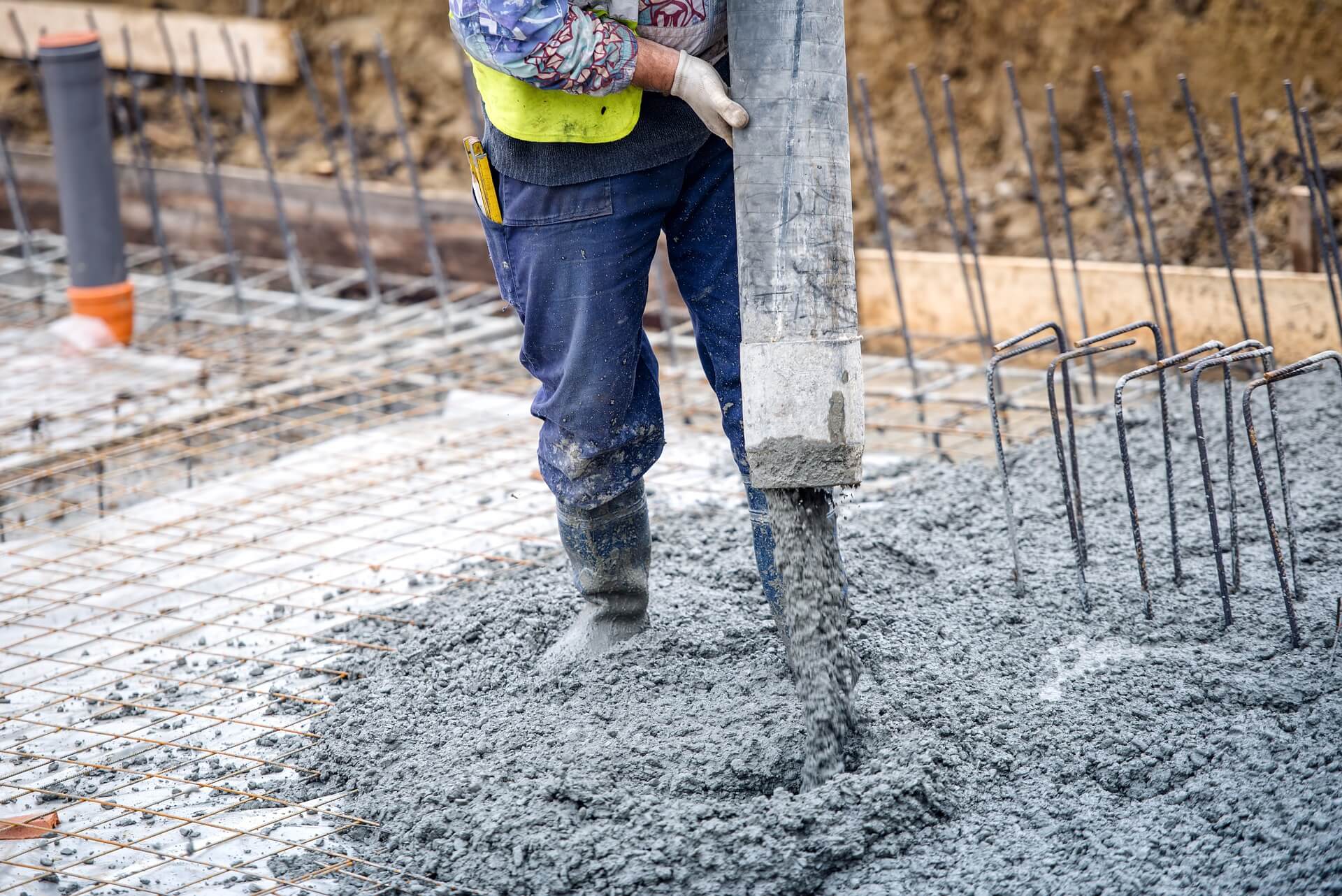
If you plan to place your container on flat and firm ground, you might not need a foundation at all. This is ideal for units that you relocate often—around every month or so. In these instances, it’s important that you keep an eye on your structure for signs that it’s become unlevel. Ideally, this foundation solution works well with temporary offices and storage units.
Use a Gravel Pad
If your container is set to remain in one location for a month to a year you should consider using a gravel pad and releveling your container often. A gravel pad is often less expensive than a concrete pad and it will help drain water while keeping your structure off the shifting earth. Ultimately it will help keep your container from settling and is best used to stabilize your unit on sloped ground.
Pour a Concrete Foundation
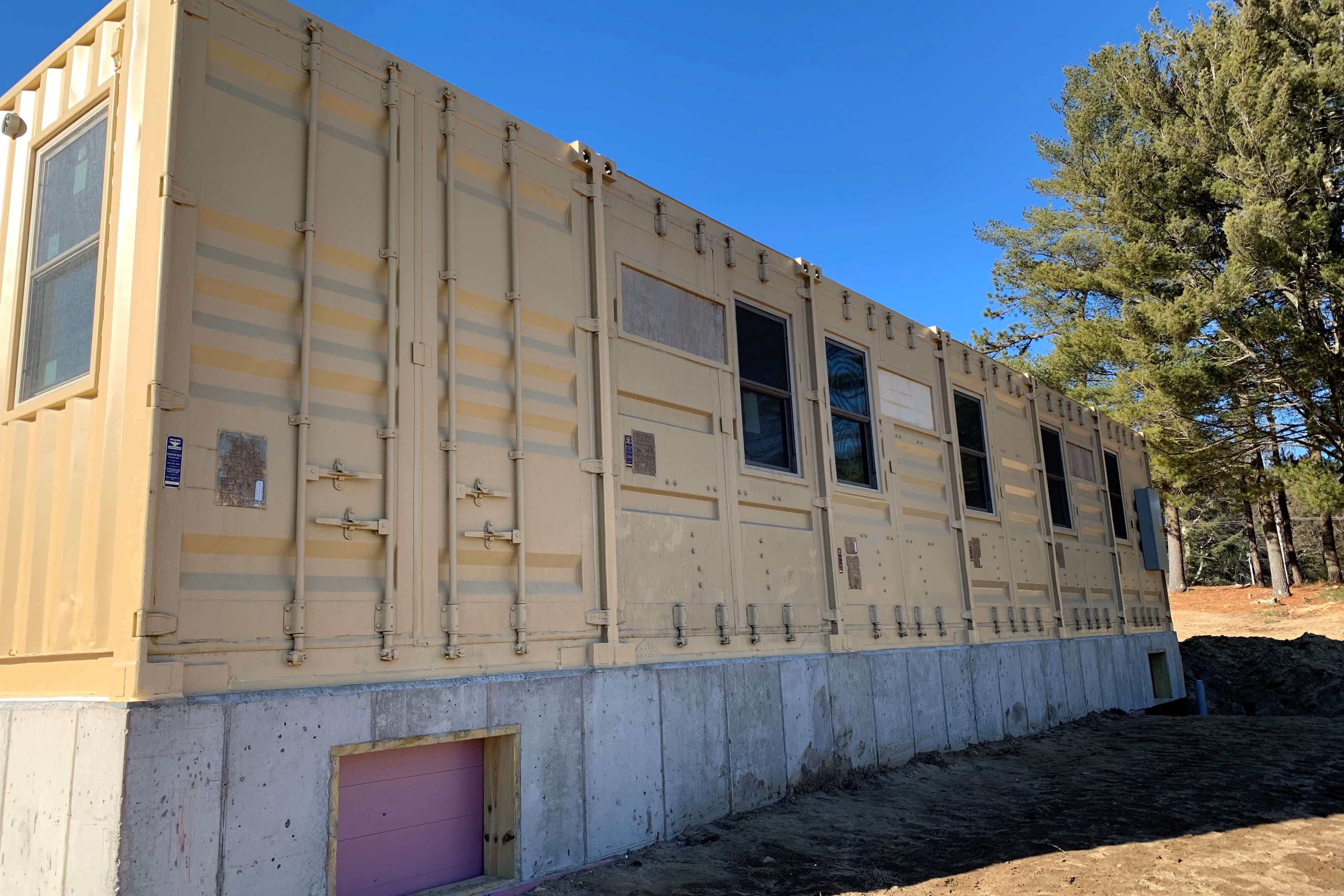
For single-unit containers in the same location long term, consider using a concrete foundation or a gravel pad. For many permanent applications, a concrete pad is likely the best solution to keep your structure level. To use a gravel pad, consult your container manufacturer about your specific application to determine what’s best for your structure long term.
Do You Have Additional Container Related Questions? We’re Here to Help!
If you’re looking for more information about modified shipping containers, check out our catalog of floor plans. After two decades of container manufacturing, we’ve learned a lot about modifications. Don’t hesitate to reach out to our team with questions.
SUBSCRIBE
- Shipping Container Modifications
- How-Tos
- Workspace
- Commercial Construction
- Multi-Container Buildings
- Storage Solutions
- Industrial Enclosures
- Bathrooms & Locker Rooms
- Oil & Gas
- Climate Control
- Green Building
- Living Space
- Industry Insight
- Military & Training Facilities
- Water Treatment Solutions
- Energy
THINK INSIDE THE BOX®
WITH OUR BLOG
Get everything from shipping container basics, to detailed how-tos and industry news in our weekly blog. Stay inspired and subscribe!
RELATED BLOGS
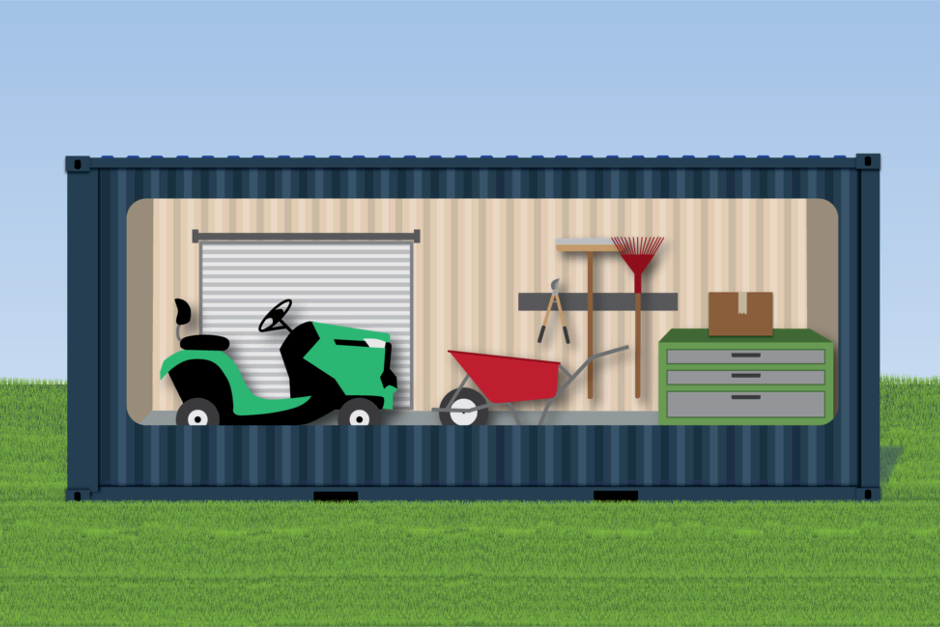
The Best Solution for Landscaping Equipment Storage & Workshops
Falcon Structures | May 22, 2019 | 2 min read
READ MORE
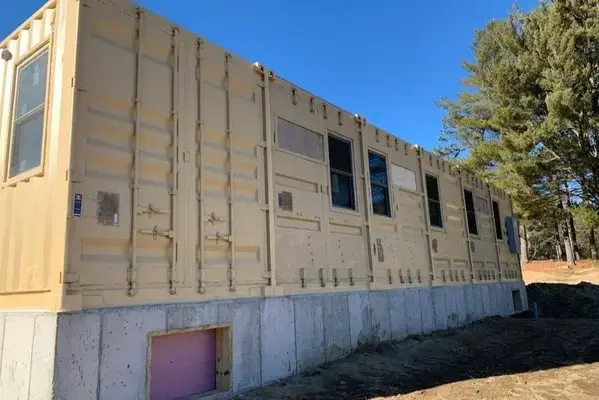
Do Shipping Containers Need Foundations? It Depends.
Marissa Morin | Nov 23, 2022 | 3 min read
READ MORE
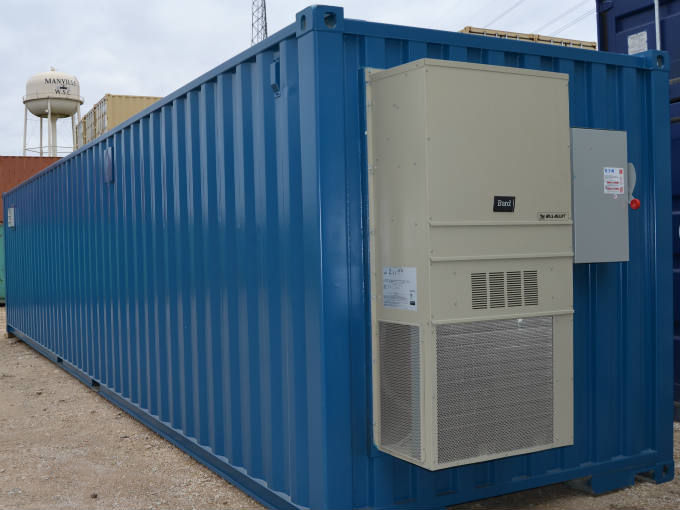
8 Reasons to Use Shipping Containers as Modular Water Treatment Shelters
Krista Short | Feb 28, 2017 | 2 min read
READ MORE
